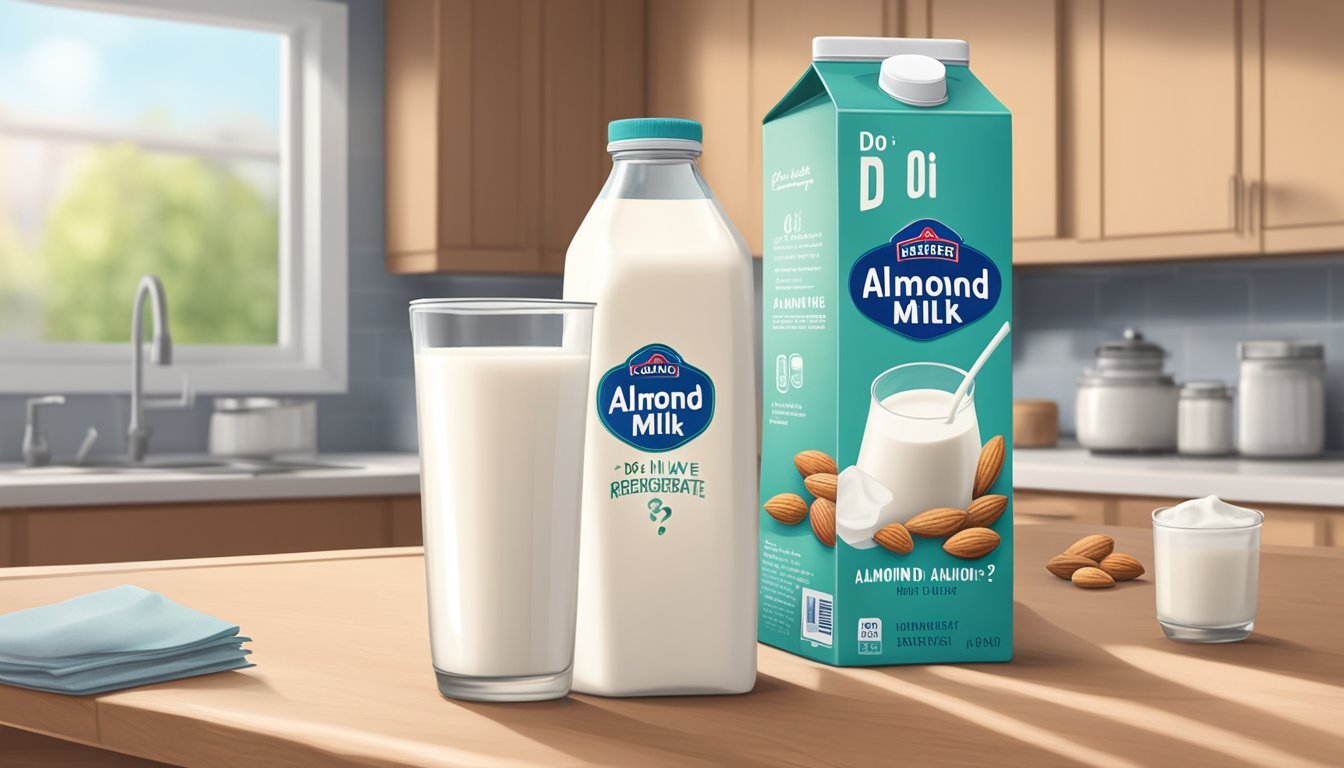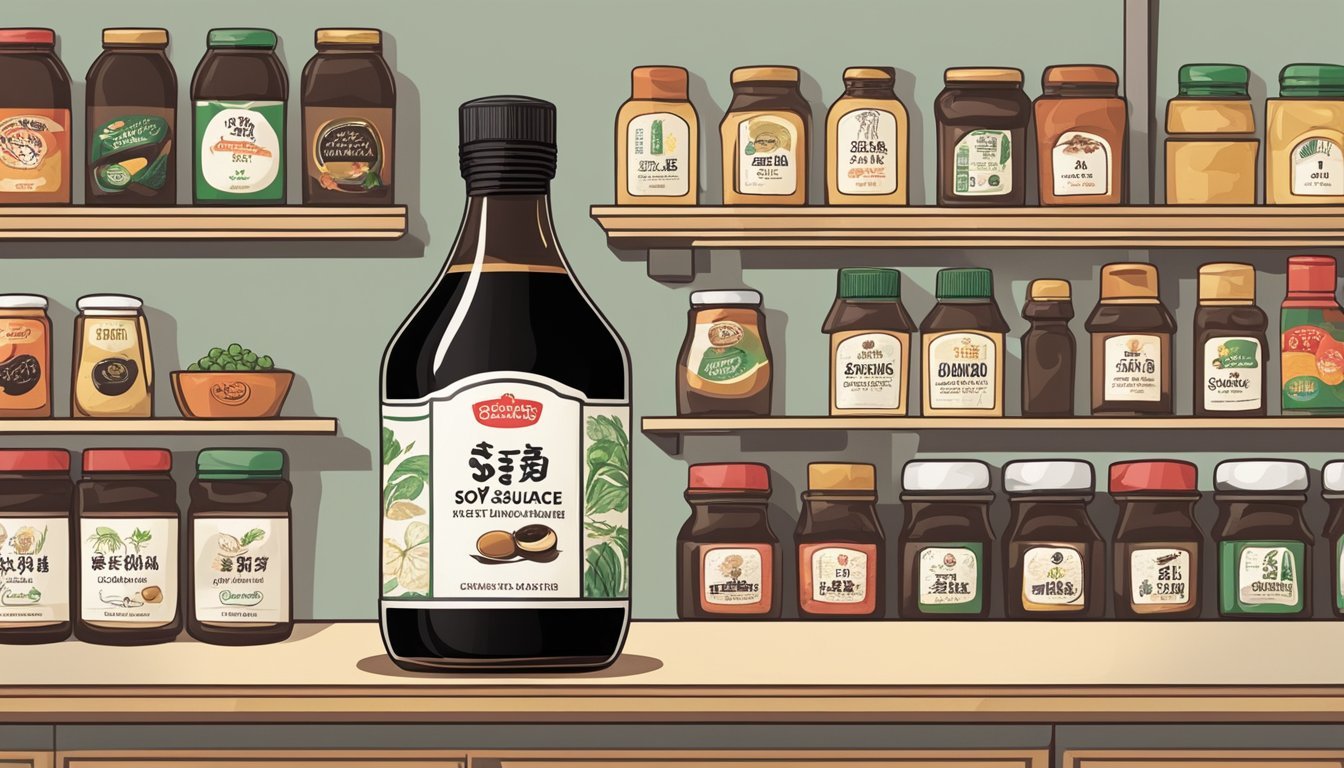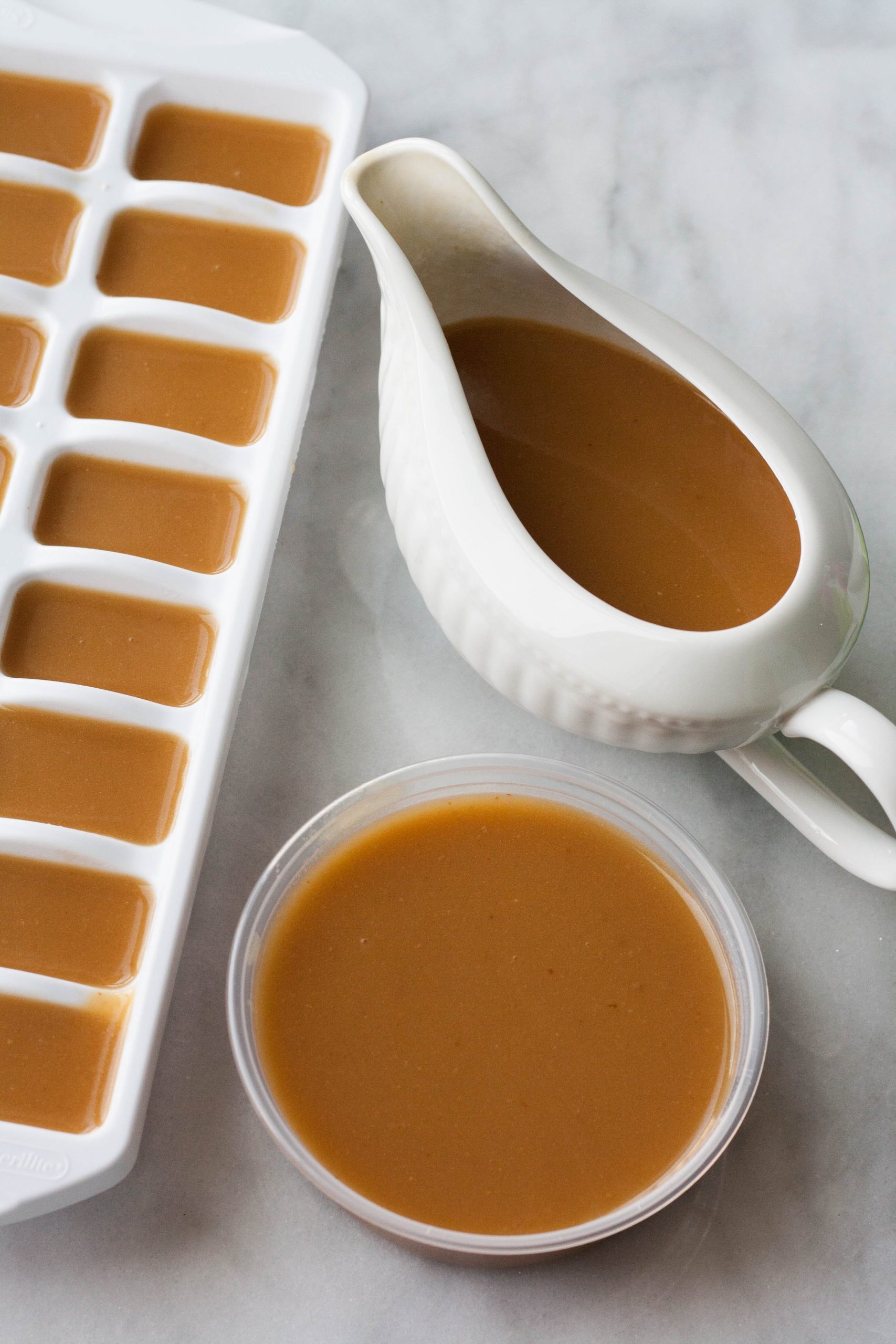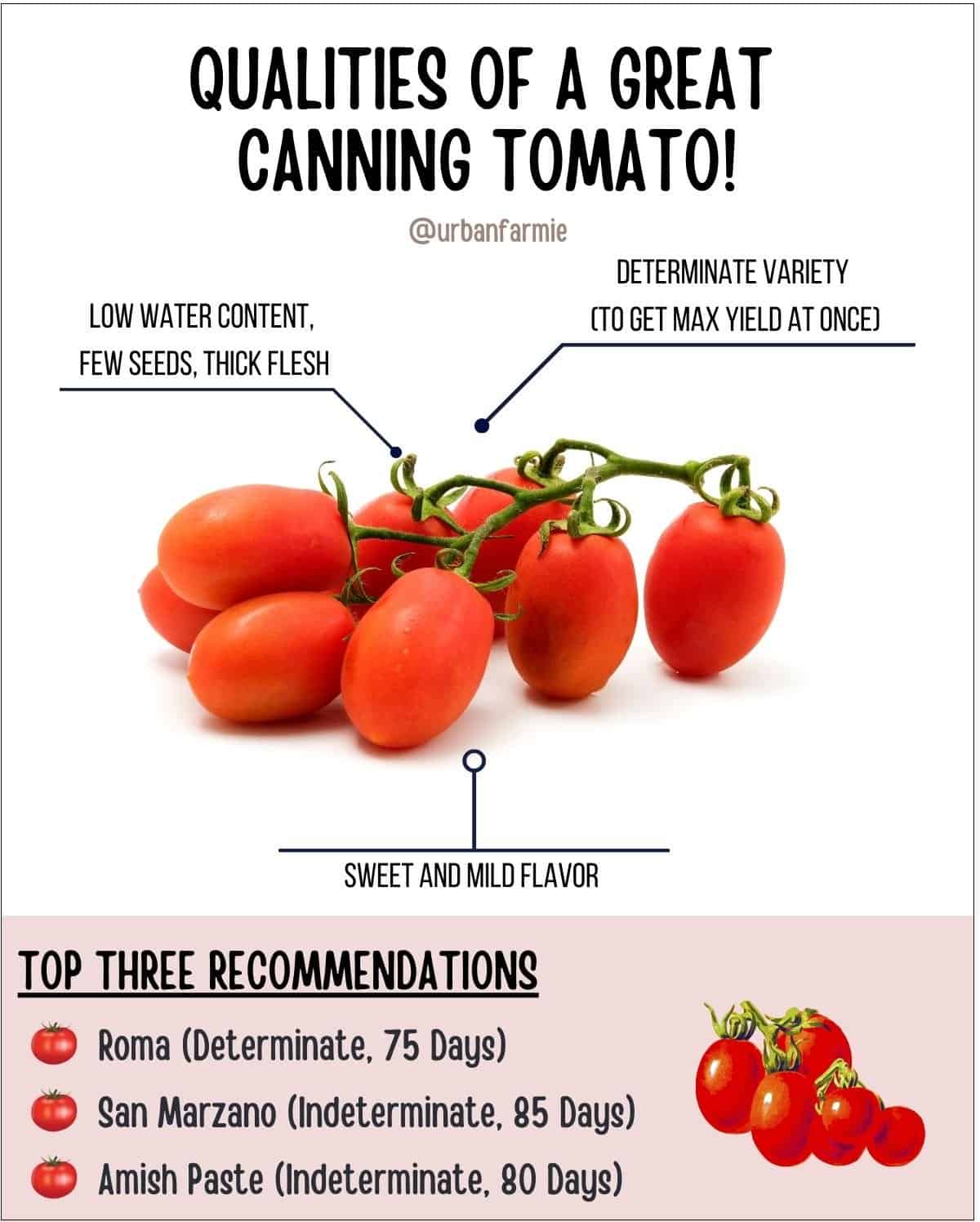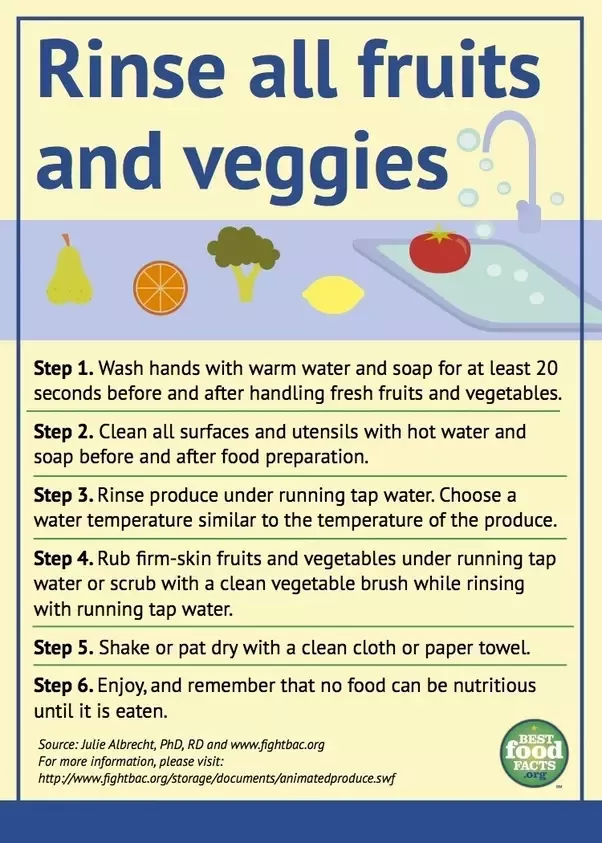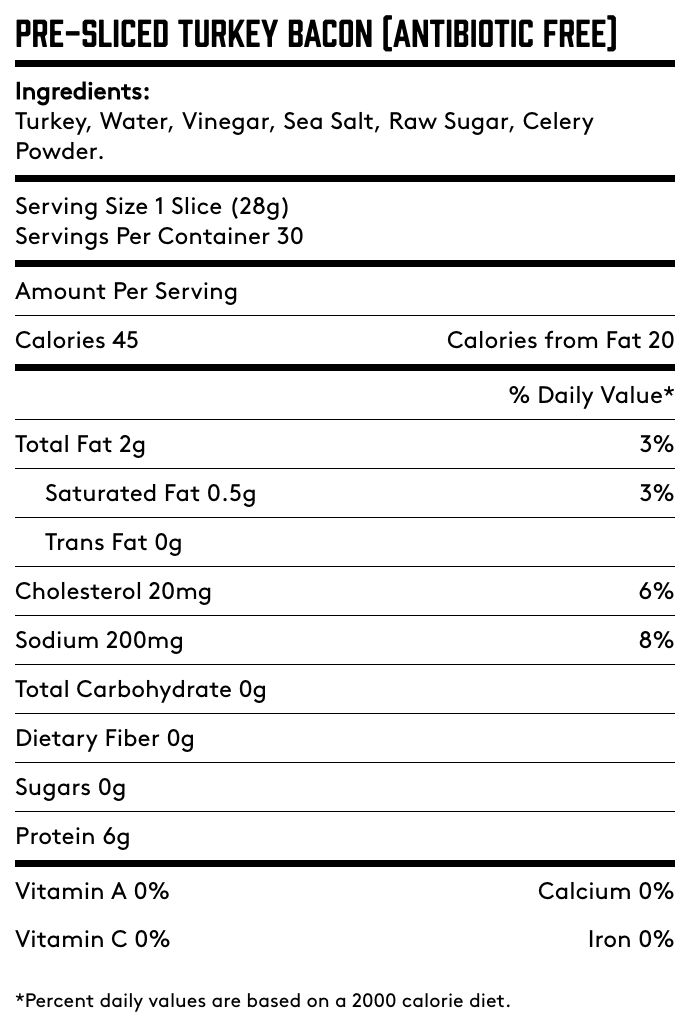Is Calamari Squid? Interesting Facts About This Delicious Seafood
The article explores whether there is a difference between calamari and squid. The most common explanation is that calamari is the culinary name for dishes containing squid. Some argue that calamari is more tender and expensive than squid, while others say that the two terms are used interchangeably like ahi and tuna. Squid is versatile and can be prepared in various ways such as cutting the body into strips, slicing into rings, or stuffing it whole. It should be cooked either over high heat or low and slow to avoid producing tough results. In St. Louis, calamari fritti or fritto misto, which are lightly breaded plates of squid rings and tentacles, are popular preparations. Various Italian restaurants serve fried strips and tentacles or sautéed squid. Squid ink, which adds a briny flavor, can be used in sauces and pastas. Octopus is also mentioned, with one restaurant serving a slow-braised octopus dish.
Continue Reading

